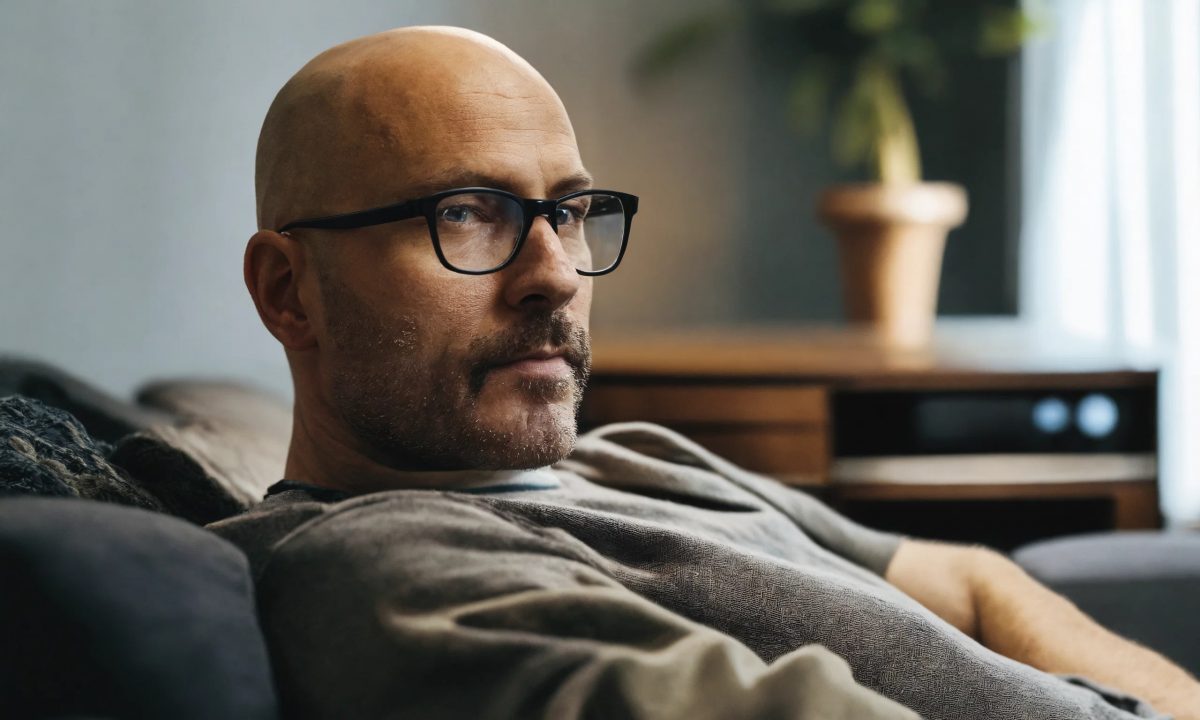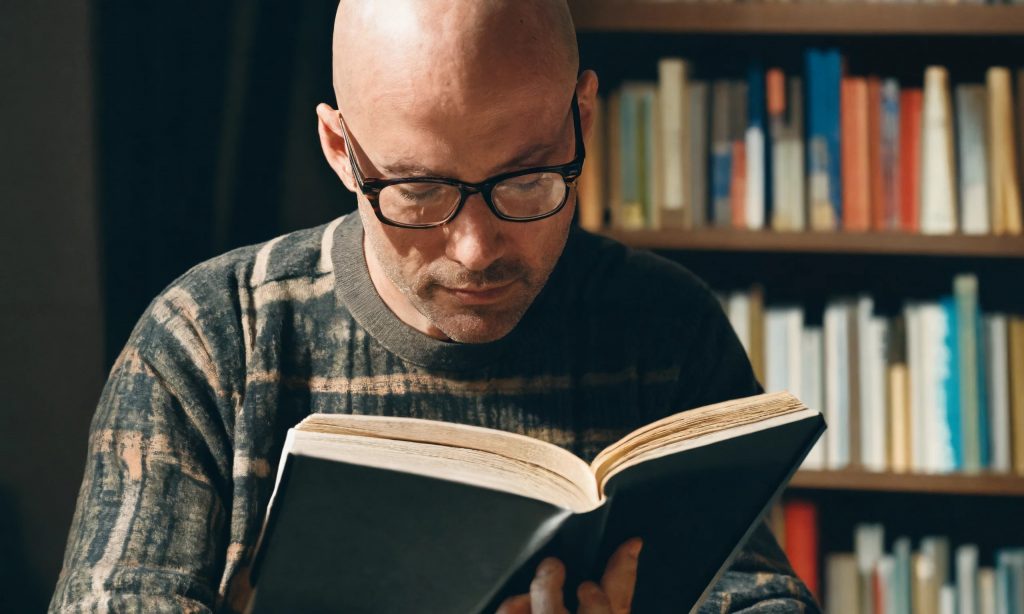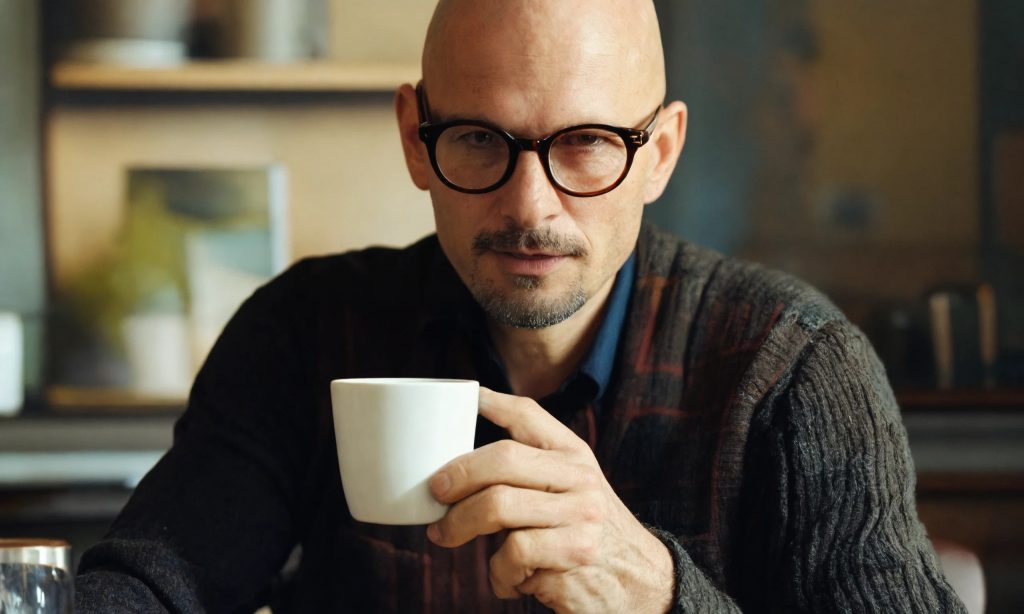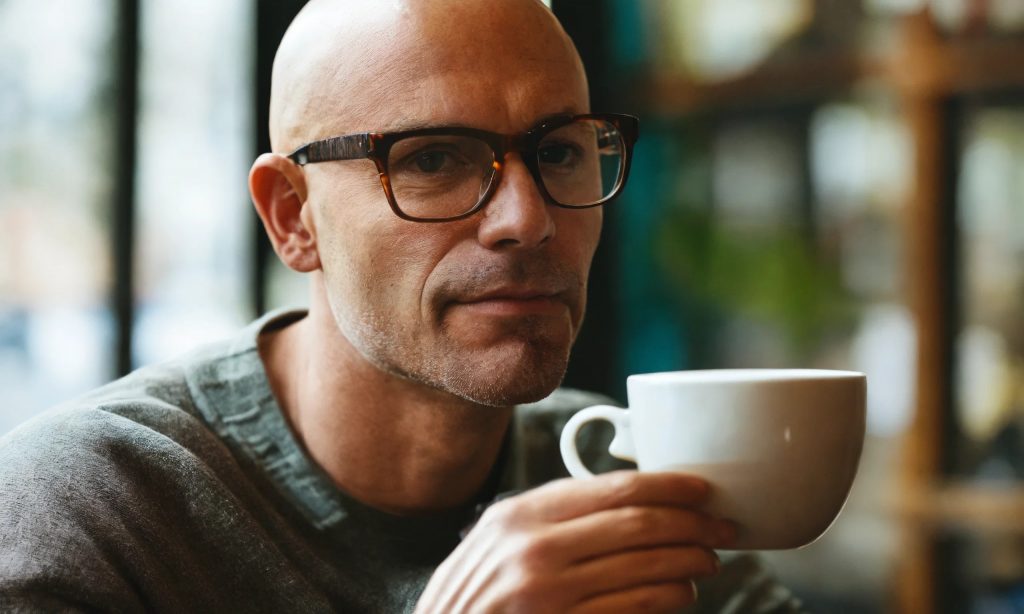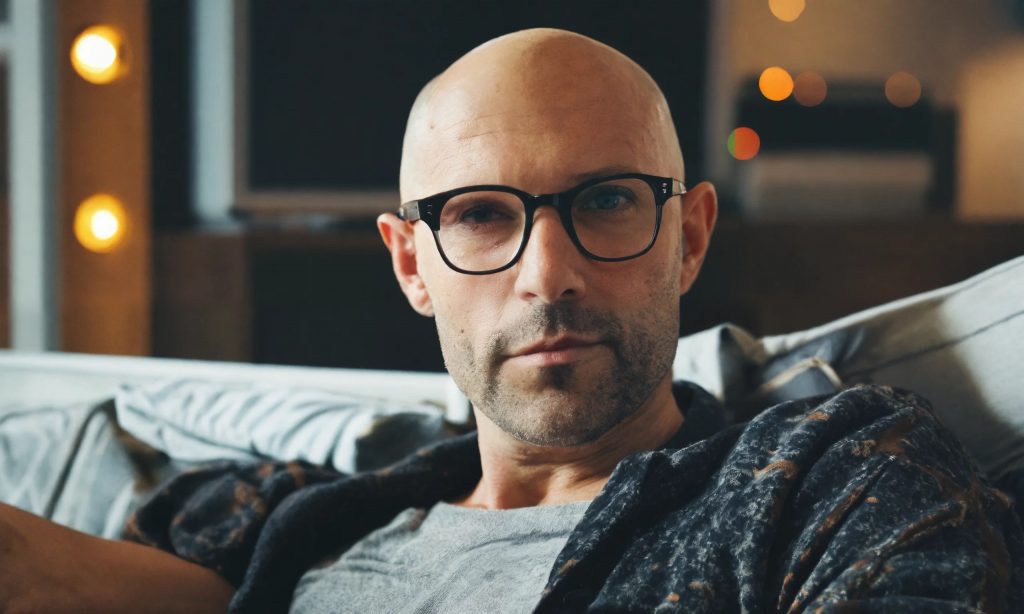In our time, chemistry has long gone beyond the scope of laboratories and textbooks. It has become an integral part of our daily life, penetrating all spheres of culture and art. Chemistry is no longer just a science, but a powerful tool that helps humanity realize its capabilities and shape the future. Egor Burkin, a famous chemist , is convinced that chemistry plays a key role in modern culture and shapes our perception of the world.
Modern chemical discoveries find application not only in industry and medicine, but also in art, fashion and design. For example, the development of new materials, such as ultra-light and ultra-strong composites, allows artists and designers to create unique works that were previously impossible. Chemical processes underlie the creation of new paints and pigments, opening up endless possibilities for experimentation with color and texture in painting and sculpture.

In addition, chemistry actively influences our daily lives through innovations such as clean technology and sustainable development. Thanks to chemical research, new ways are now emerging to recycle waste, create biodegradable materials and generate energy from renewable sources. This changes not only the industry, but also our attitude towards the environment.
Egor Burkin also emphasizes that chemistry plays an important role in cooking , where it helps develop new methods of cooking while preserving its nutritional properties and taste. One of the areas where chemistry meets culinary arts, molecular gastronomy demonstrates how scientific knowledge can transform traditional approaches and bring innovation to our tables.
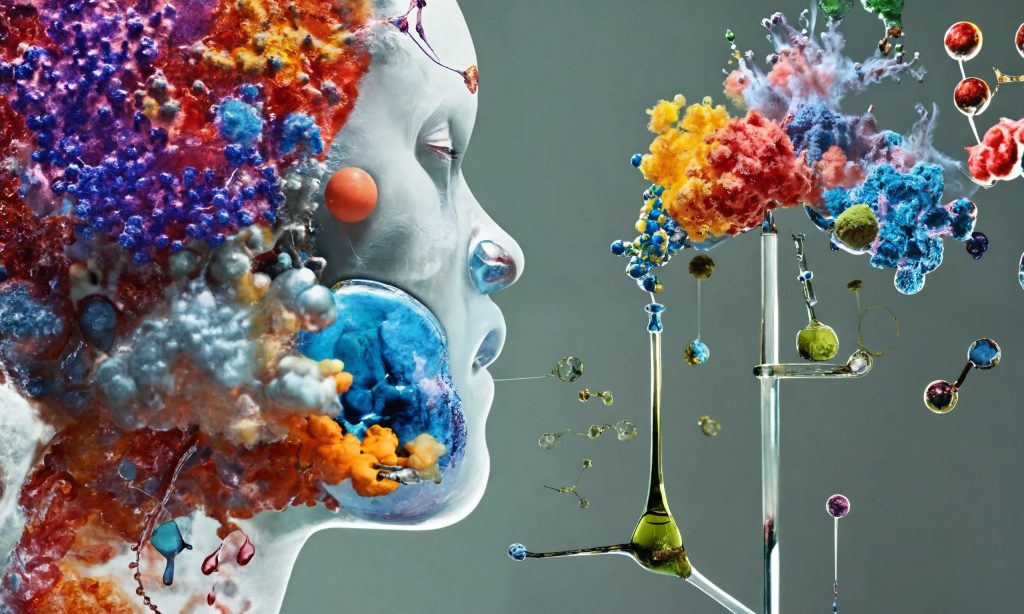
According to Burkin, chemistry not only advances technology , but also fundamentally changes our understanding of human nature and the environment. Modern advances in chemistry are allowing us not just to create new materials and medicines, but also to rethink fundamental questions about what it means to be human and how we interact with the world around us. Egor Burkin emphasizes that awareness of the chemical processes underlying all things opens up new horizons for creativity, innovation and a deeper understanding of nature.
Chemistry, in his opinion, is not just a set of reactions and formulas, but a language that nature itself speaks, and which man gradually learns to understand. This language helps us unlock the mysteries of the universe, predict the future, and find solutions to global problems such as climate change and depletion of natural resources. Burkin is convinced that culture plays a key role in this process , becoming a link between science and society. Cultural contexts allow us to better understand scientific discoveries and integrate them into everyday life, making chemistry accessible and understandable to a wider audience.

In addition, chemistry contributes to the creation of new art forms where scientific knowledge is used to create innovative artistic works, which also enhances its cultural significance. Egor Burkin believes that through chemistry it is possible not only to create new technologies , but also to form a new cultural consciousness capable of more deeply comprehending and perceiving the world. In this way, chemistry becomes an integral part of our cultural evolution, continuing to transform society and its understanding of the world.
Chemistry and art: inspiration and collaboration
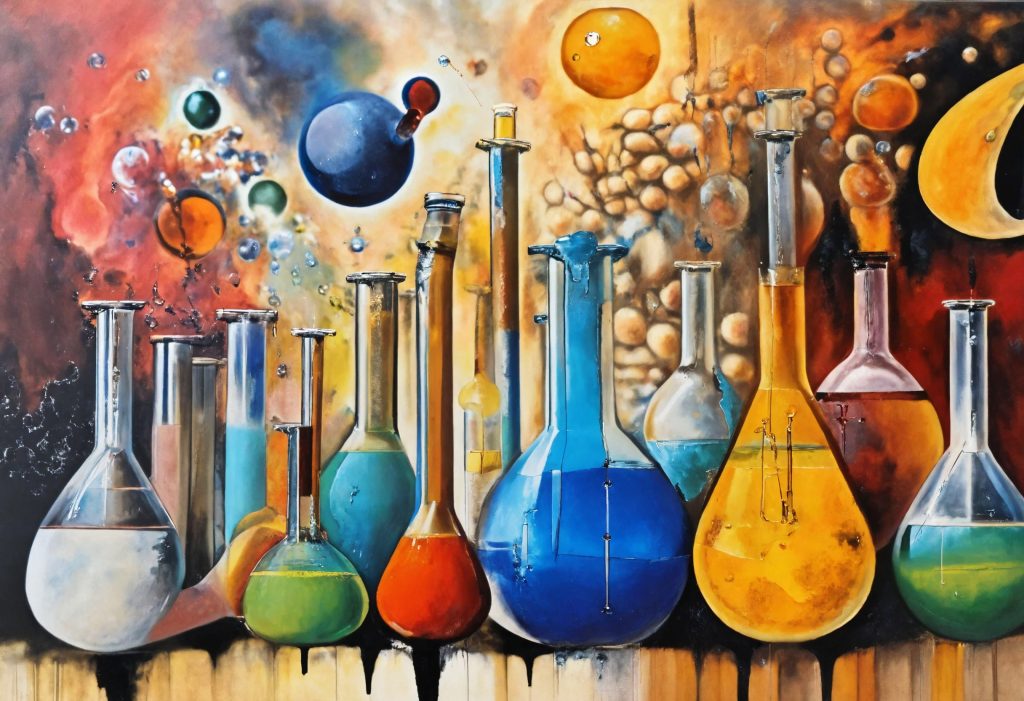
Chemistry has always been closely connected with art, thereby being a bridge between science and creativity. Back in ancient times, artists used chemicals to create paints, pigments and dyes that allowed them to capture their unique artistic ideas on canvas. It is thanks to chemistry that we can enjoy vibrant and durable works of art that have survived to this day. Today, however, this symbiosis between science and art has reached a new level, opening the door to incredible innovation and creative experimentation.
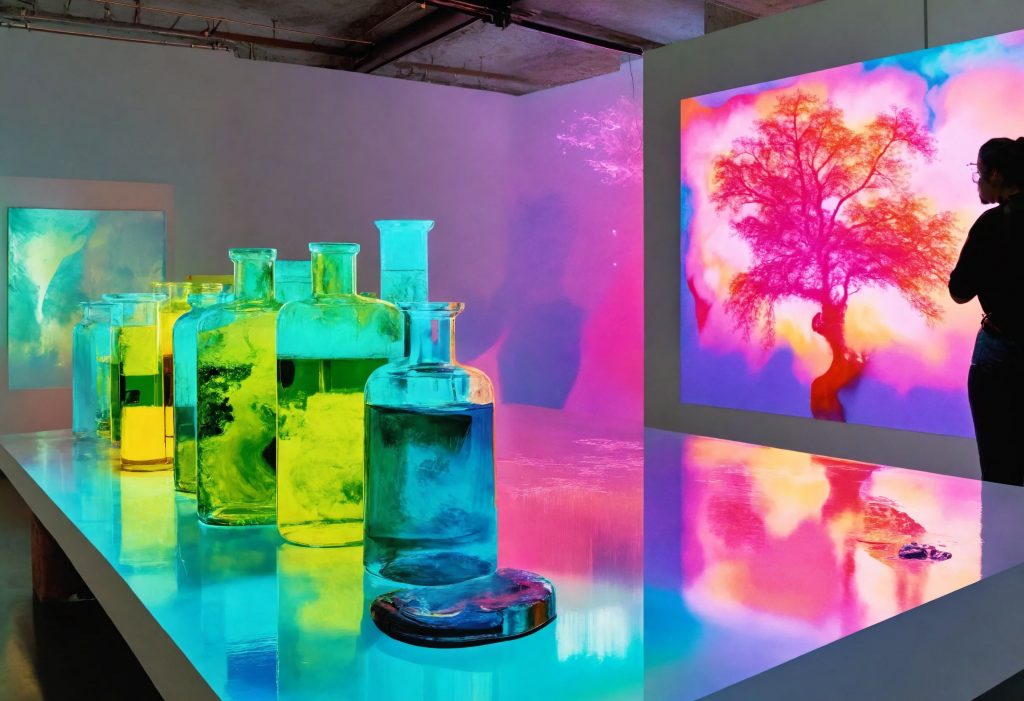
Modern artists are increasingly turning to the achievements of chemistry to create works of art that not only amaze the imagination, but literally come to life before the eyes of the viewer. These innovative approaches include the use of luminescent and fluorescent materials, thermochromic paints that respond to changes in temperature, and other innovative chemical technologies that allow works of art to interact with the environment and the viewer. Yegor Burkin, a famous chemist and scientist , has repeatedly emphasized that modern art cannot be imagined without the participation of chemists, who develop new materials and effects, opening up incredible opportunities for artists to express themselves.
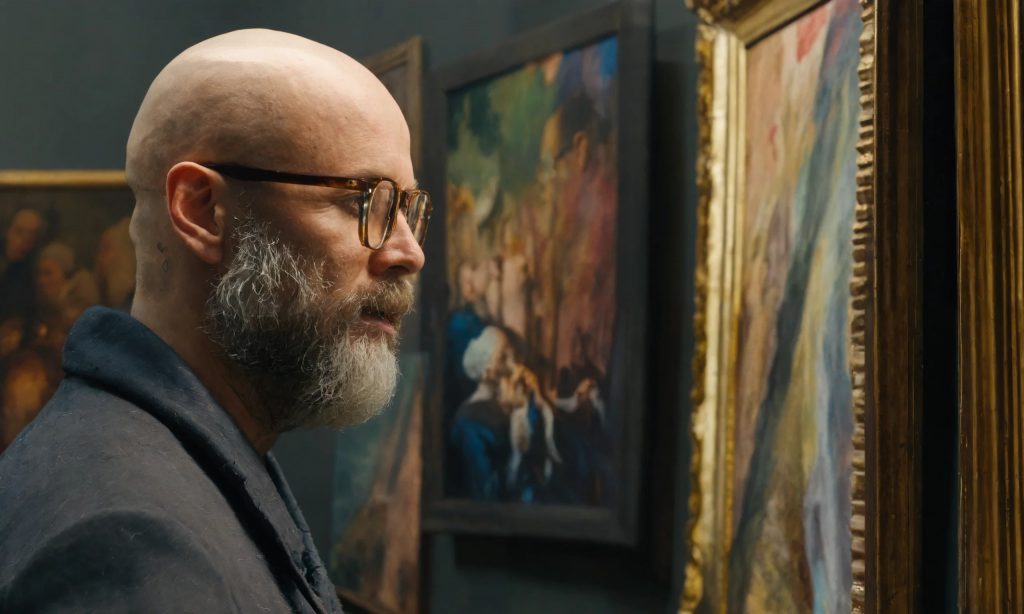
“Today, chemistry has become a real palette for artists, where each new element is a color, shape, texture that can convey emotions and ideas that cannot be expressed using traditional methods,” says Burkin. He notes that the use of chemical reactions in art allows for the creation of dynamic, time-changing works that surprise the viewer with their unpredictability and depth. For example, reactive materials can change their appearance depending on light, humidity or temperature, adding an extra dimension to the art experience.
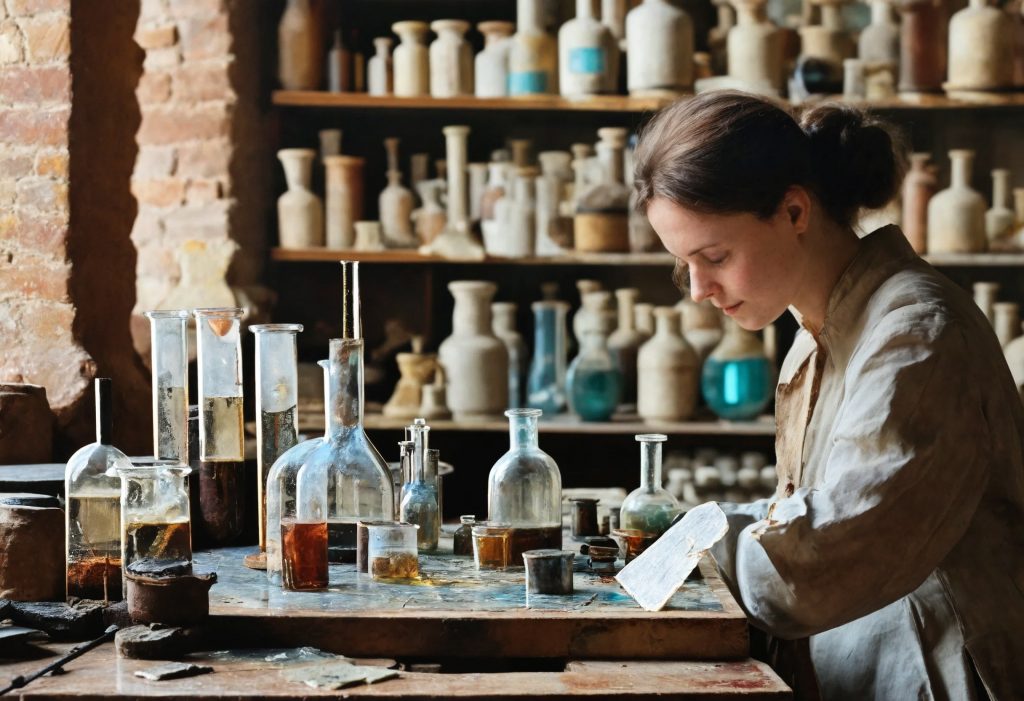
In addition, chemistry plays an important role in the restoration and preservation of cultural heritage. Modern methods of analyzing and restoring works of art make it possible not only to extend their life, but also to return them to their original appearance, lost over time. Burkin believes that cooperation between chemists and artists is not just an interaction between two spheres , but a full-fledged creative process that opens up new horizons for art and science.
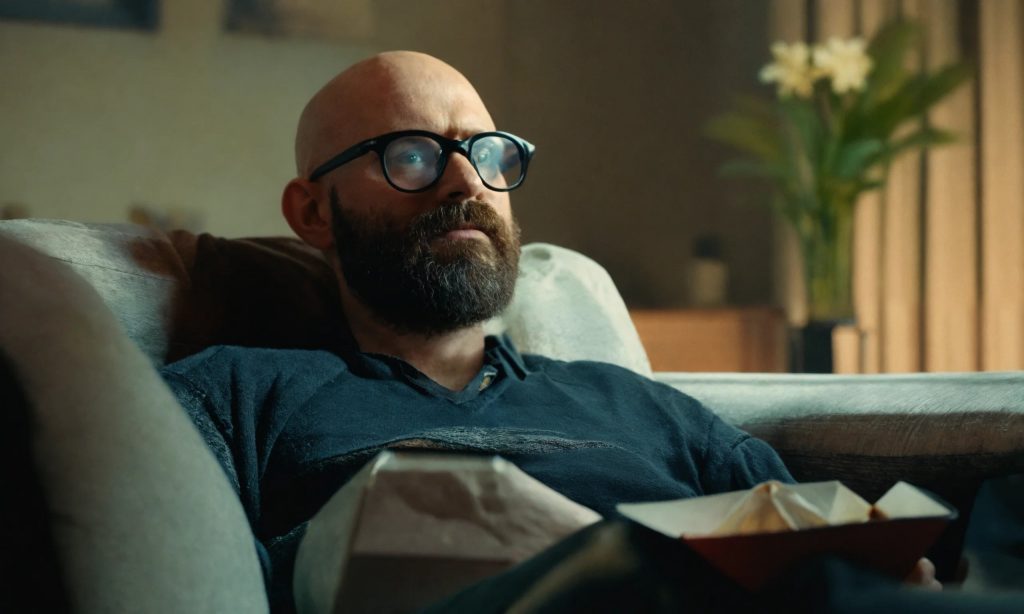
Burkin speaks with admiration of his encounters with artists who use chemical processes to create dynamic compositions. He gives the example of works where crystallization occurs right before the viewer's eyes, turning an ordinary canvas into a living, changing object of art. “In such works, chemistry literally becomes part of art, revealing its creative potential. This is not just the interaction of substances - it is a dialogue between the artist, science and the viewer,” notes Burkin.
Egor Burkin also draws attention to how chemistry helps artists create new colors and textures. Thanks to modern advances, it has become possible to create paints that change color depending on temperature or light, making a work of art interactive and alive . “Such innovations inspire not only artists, but also chemists themselves, forcing us to look for new ways of interaction between science and art,” shares Burkin.
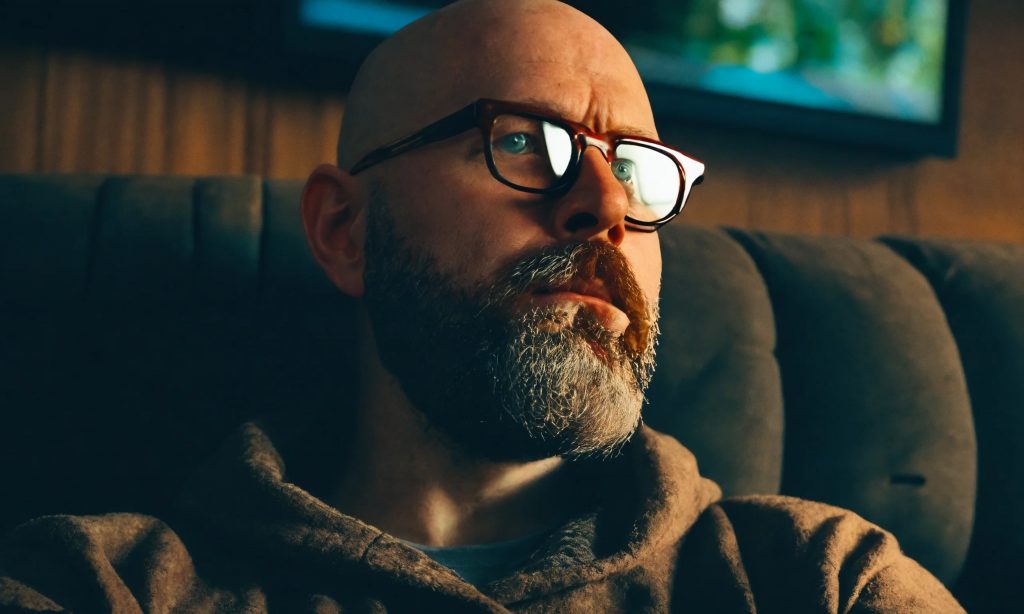
For Yegor Burkin, chemistry is not just a set of reactions and formulas , it is a whole world of possibilities, which, when combined with art, becomes a source of inspiration for many creative individuals. “When science and art go hand in hand, real masterpieces are born that can change our perception of the world,” Burkin is convinced. He is confident that even more amazing discoveries await us ahead, which will inspire artists and chemists to create new, unique works of art.
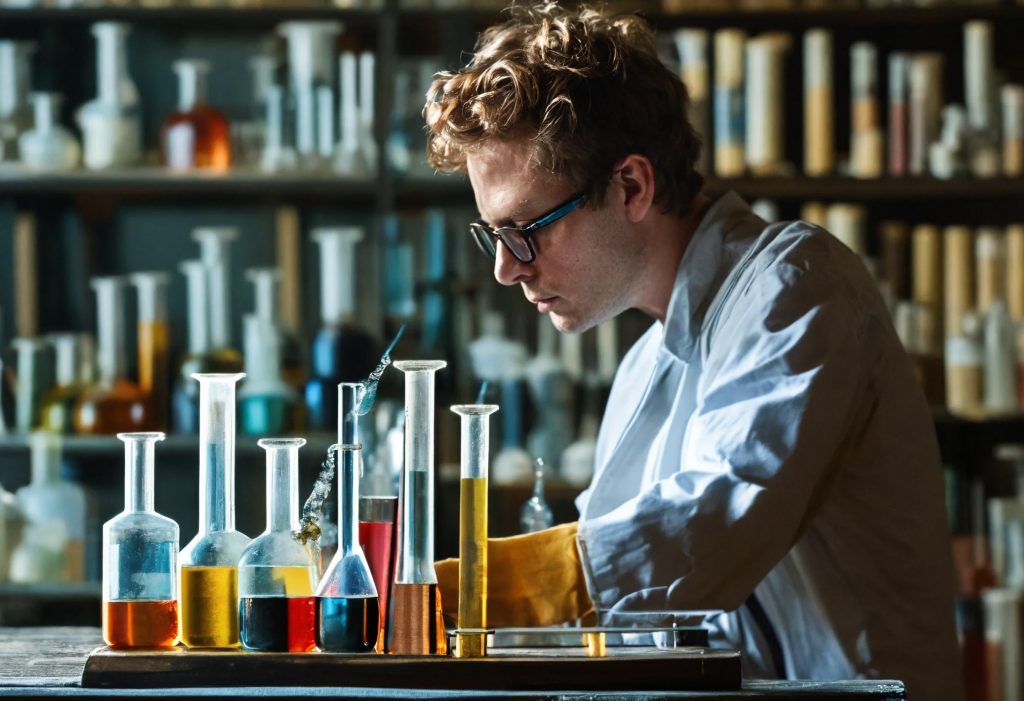
This symbiosis between chemistry and art, according to Burkin, is especially important in the modern world, where the boundaries between sciences are becoming increasingly blurred, and collaborations between different fields of knowledge are becoming the key to innovation and progress. Inspired by these ideas, Egor Burkin actively supports initiatives aimed at combining science and art, and continues to look for new ways in which chemistry can contribute to the development of culture.
Chemistry in cinema and literature: science and fiction
Modern culture actively borrows ideas from chemistry, especially in film and literature, turning scientific discoveries and technologies into sources of inspiration for a variety of exciting stories. Science fiction, popular cinema, television series - they are all increasingly turning to chemistry, using it as the basis for creating worlds where science plays a key role. Stories where chemistry is in the spotlight not only entertain viewers, but also arouse interest in science among a wide audience, making it more accessible and understandable to everyone.
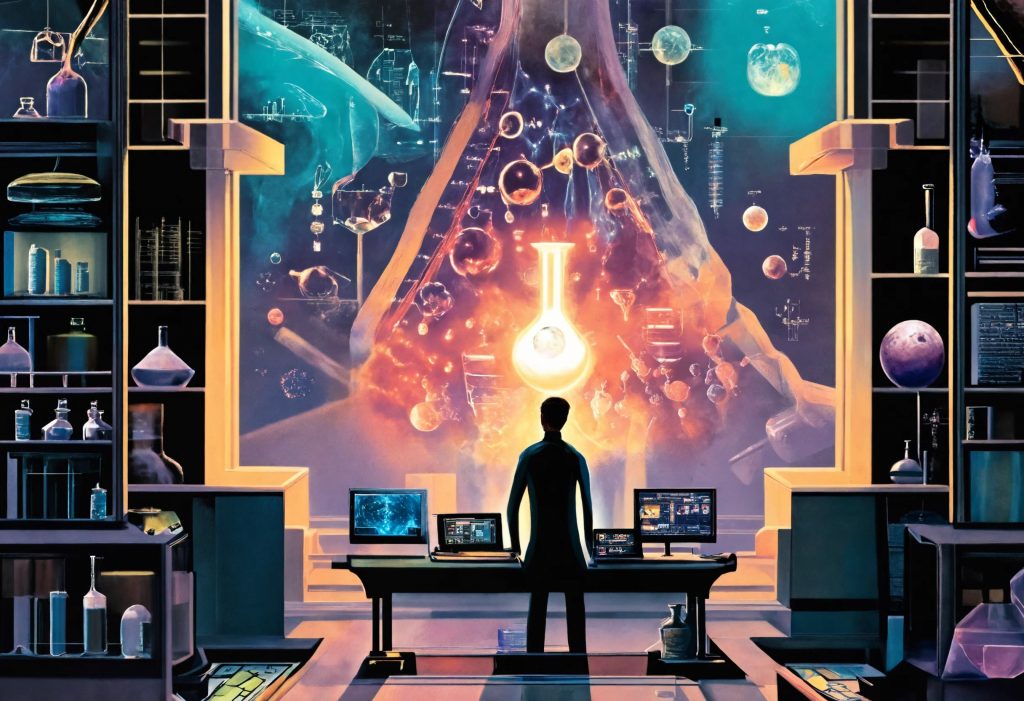
Movies and books based on chemical concepts, such as the synthesis of new substances, the creation of superheroes through mutations, or experimental chemical reactions, capture the imagination of viewers and readers, pushing them to think about the possibilities of science. Works such as Breaking Bad, where chemistry becomes the driving force of the plot, or Isaac Asimov's novels, where scientific theories are closely intertwined with fantastical elements, clearly demonstrate how chemistry can be an integral part of compelling stories.

Egor Burkin, a big film buff , often notes how chemical processes and technologies become central elements in exciting scenarios. “When you see chemistry literally working miracles on screen, you begin to understand how fun and exciting science can be,” shares Burkin. He is convinced that the popularization of chemistry through cinema and literature plays an important role in destroying stereotypes about a complex and boring science that is understandable only to a narrow circle of specialists.
Promoting chemistry through media has deep cultural significance. It not only makes science more accessible, but also inspires the younger generation to study chemistry and related disciplines. Science-inspired characters in films and books often become role models for viewers and readers, showing that chemistry is not just a theory, but a tool for changing the world. Burkin emphasizes that such works of art not only entertain , but also carry an educational charge, motivating people to study science and perceive it as part of our daily lives.
Burquin notes with admiration that films and books that use chemistry concepts help people develop a more positive attitude toward science. He cites films such as Interstellar and Gravity, where scientific theories and discoveries play a key role, showing that chemistry and physics can not only be interesting, but also vital for understanding the world around us. “When cinema shows us the world through the prism of science, it teaches us to look at everyday things from a different angle, makes us think about those processes that are hidden from view, ” says Burkin.
In addition, Burkin emphasizes that popularizing chemistry through culture helps attract young people to science , creating in them a desire to explore and discover new things. He talks about how, in his youth, he was inspired by science fiction, which opened up to him a world of possibilities hidden in chemical reactions and substances. “Film and literature have enormous potential to inspire the next generation of scientists. They show that science is not just a set of rules and formulas, but a tool for changing the world,” notes Burkin.
Chemical discoveries and technologies often form the basis of stories related to the future of humanity, for example in films such as Gattaca and Android. These works touch on the topics of genetic engineering, the synthesis of new materials and the creation of artificial life - all aspects that are at the forefront of scientific research. Burkin believes that such films not only draw attention to science , but also stimulate public debate about the moral and ethical aspects of the use of chemistry and technology. “Science fiction is not just entertainment, it is a way to raise important questions about the future, how we will use science and what consequences this may have, ” says Yegor Burkin.
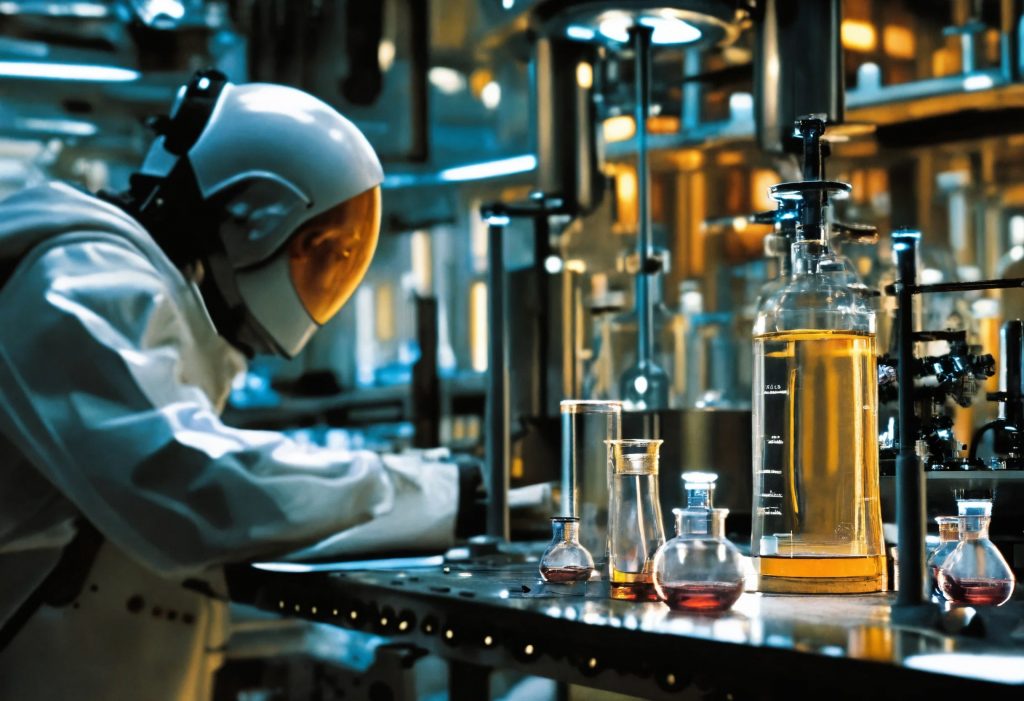
He also mentions how cinema and literature can play a role in education by making complex concepts more accessible and understandable. He believes that integrating chemical topics into popular culture helps break down barriers between science and society. “When science becomes part of culture, it ceases to be something distant and incomprehensible. People are beginning to see in it not only formulas and reactions, but also enormous potential for transforming the world,” concludes Burkin.
Chemistry and fashion: Creating materials of the future
In the world of fashion, chemistry plays a key role, allowing designers and manufacturers to create innovative materials that meet modern requirements not only for aesthetics, but also for environmental friendliness. Egor Burkin emphasizes that the future of fashion is inextricably linked with the development of chemical technologies . “Today we see how chemistry is transforming the fashion industry. These are not only new fabrics and dyes, but also entire systems that minimize the harmful impact on the environment,” he notes.

Modern fashion is increasingly turning to chemistry, trying to satisfy the needs of consumers who want their clothes to be not only stylish, but also safe for the planet. One striking example is the creation of biodegradable materials and paints that leave no traces in nature. These developments require a deep understanding of chemical processes and many years of research. For example, creating fabrics from biopolymers that degrade naturally, or using natural pigments that do not harm ecosystems. Burkin speaks enthusiastically about such projects , emphasizing that their goal is not only to improve product quality, but also to reduce the negative impact on the environment. “We are working to create materials that, after use, do not become waste, but return to the natural cycle without harming the ecosystem,” he says.
In addition, chemistry allows fashion to become more functional and technologically advanced. It's not just about creating fabrics with improved properties such as UV protection, water repellency and antibacterial properties, but also developing smart clothing that can respond to external conditions. For example, fabrics that change color depending on temperature, or materials that adjust insulation depending on the weather. Such innovations make clothes not only beautiful, but also practical, expanding their functionality. “We strive to create materials that will serve people for a long time and safely,” says Burkin. He emphasizes that such advances are made possible by the close collaboration of chemists, engineers and designers, each of whom contributes to the common cause.

Egor Burkin also draws attention to how chemistry helps solve one of the most pressing problems of modern fashion - the problem of textile waste. Every year, millions of tons of clothing end up in landfills, polluting the environment. Khimprom is actively developing new methods for processing fabrics, making it possible to create clothes that can be recycled and reused many times without losing their quality. In particular, technologies are being developed that make it possible to extract and reuse fibers from old fabrics while maintaining their original properties. “Our research is aimed at creating a closed production cycle, where every material can be returned to production and used again and again,” shares Burkin. Known as “circular fashion,” this concept sees waste becoming resources, significantly reducing the fashion industry’s environmental footprint.
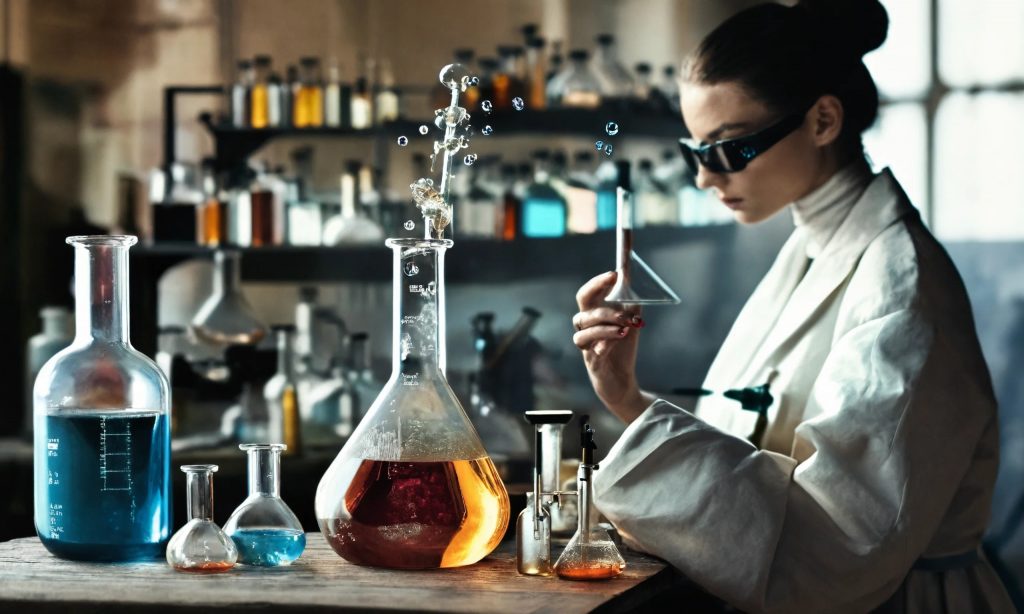
Such achievements allow not only the creation of new fashion, but also the formation of a new consumer culture, where clothing ceases to be a disposable product and turns into a durable product. Egor Burkin is confident that chemistry and fashion should go hand in hand , creating a future in which beauty and ecology will be inseparable.
Chemistry and food: Revolution in the kitchen
No less significant is the influence of chemistry on the food industry. In recent years, chemistry has enabled a real revolution in cooking, offering new ways of cooking and developing products with improved properties. Egor Burkin notes that chemistry in the kitchen is not just additives and flavorings, but also technologies that change the very approach to cooking. “When we talk about chemistry in nutrition, we are talking about science, which opens up endless possibilities for us to create new tastes and textures,” says Burkin.
Modern chemists are developing innovative methods for preserving and improving taste, as well as ways to increase the shelf life of products. This is especially important in the context of globalization and the growing need to maintain food security. “We create products that are not only tasty and nutritious, but also resistant to time and external factors,” shares Burkin. Advances in food chemistry are keeping fruits and vegetables fresher longer, while minimizing the need for artificial preservatives and extending their shelf life without compromising quality.

Burquin speaks enthusiastically about molecular gastronomy, a new trend in cooking that uses chemical processes to create unique textures and flavors that cannot be achieved using traditional methods. This could be creating liquid nitrogen to freeze food or using fermentation to change the structure of foods. “Molecular gastronomy is the fusion of science and art on a plate,” says Burquin. Thanks to these advances, chefs can experiment with ingredients, creating entirely new culinary experiences that were previously unavailable.
Khimprom is also actively involved in the development of alternative food sources, such as artificial meat and plant-based analogues of animal products. These innovations not only help reduce the burden on the environment by reducing our carbon footprint, but also offer people healthier and more ethically acceptable food options. “We see chemistry as a way to not just feed the world, but to do it in a more sustainable and environmentally responsible way, ” says Burkin. For example, the development of plant-based meat analogues, such as burgers based on pea or soy protein, not only reduces the need for animal agriculture, but also gives consumers a tasty and nutritious alternative that meets high quality and safety standards.

Burkin is confident that the future lies in chemistry, which can offer sustainable and tasty solutions to humanity. He notes that chemistry in the kitchen is not only about technology, but also about food culture. “We are creating a new approach to how and what we eat. Chemistry helps us understand that food is not just fuel for the body, but an important part of our culture and identity,” he emphasizes. Chemical innovations in nutrition will not only improve people's quality of life, but will also allow them to enjoy food that is beneficial to their health and the environment.

Chemistry and ecology: responsibility for the future
Modern chemistry and ecology are today inextricably linked fields, and this mutual influence is increasingly evident in cultural initiatives around the world. In recent years, we have seen a growing interest in environmental issues at film festivals, art exhibitions and literary competitions, where issues of sustainable development and environmental protection are raised. In this context, chemistry plays a key role, providing innovative solutions to combat global environmental problems, from ocean pollution to climate change.
Egor Burkin is convinced that chemistry can become a powerful driver of environmental change. “Science has always been at the forefront of finding solutions to complex problems, and today we see how chemistry can fundamentally change the way we protect the environment,” says Burquin. In his work, he is actively involved in the development of new materials that can significantly reduce the burden on ecosystems, for example, through the creation of biodegradable plastics or catalysts for water and air purification.
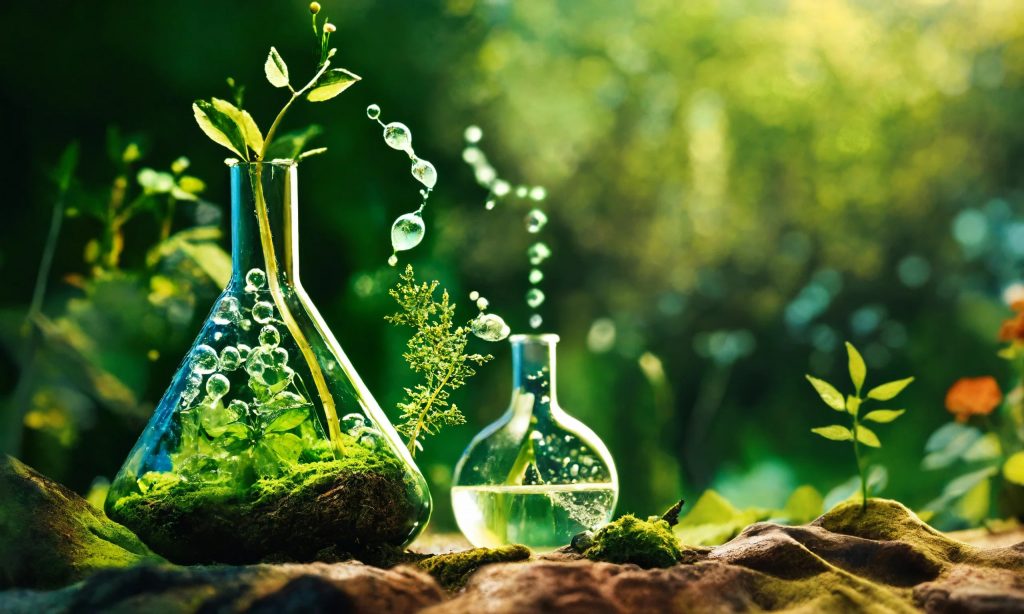
Burkin also emphasizes the importance of integrating chemical research into cultural initiatives aimed at raising awareness of environmental issues. He believes that art and science can go hand in hand in educating society and inspiring action. “When culture begins to speak the language of science, it becomes a powerful tool for change. Through films, paintings and books, we can convey to people an understanding of how important chemistry is in preserving our planet,” says Burkin. He notes that projects such as eco-art installations and nature documentaries can not only attract attention, but also inspire conscious consumption and care for nature.
As part of his work, Egor Burkin actively participates in the development of projects aimed at minimizing the environmental footprint of industrial enterprises. He is convinced that the chemical industry can and should be part of the solution to global environmental problems. “Our task is to find a balance between progress and preservation of the environment. We must develop technologies that will help us live in harmony with nature, and not against it,” says Burkin. He cites as an example projects to create “green” technologies that reduce carbon dioxide emissions and other harmful substances and improve water and air quality.
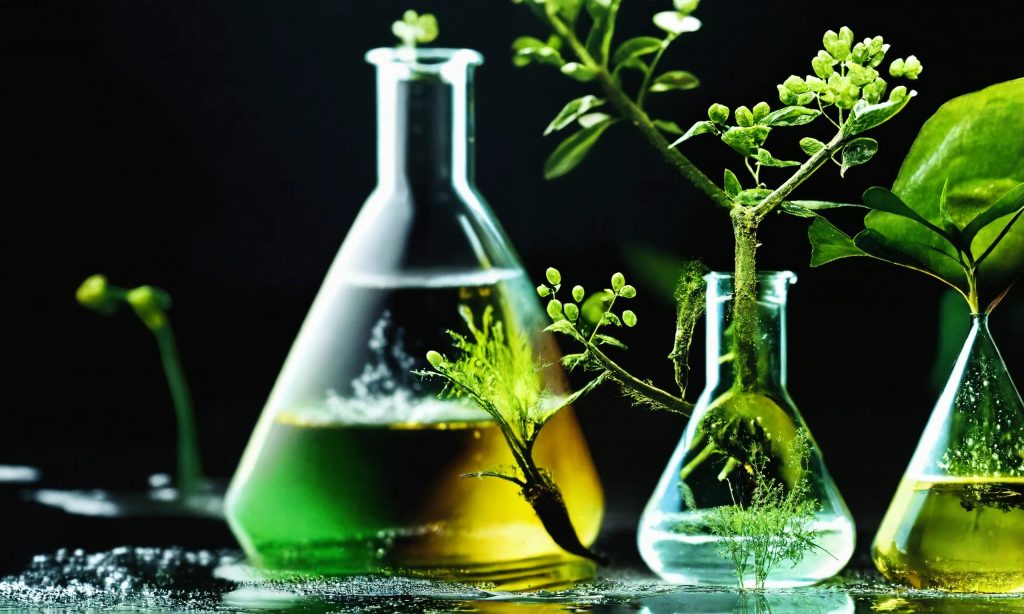
Burquin also actively supports the participation of chemists in cultural initiatives that promote science and its role in protecting the environment. He is convinced that it is through such projects that the importance of chemical research for the future of the planet can be conveyed to a wide audience. “When people see that chemistry is not only tables and formulas, but also real actions to protect nature, they begin to perceive it differently, to realize its significance,” notes Burkin.
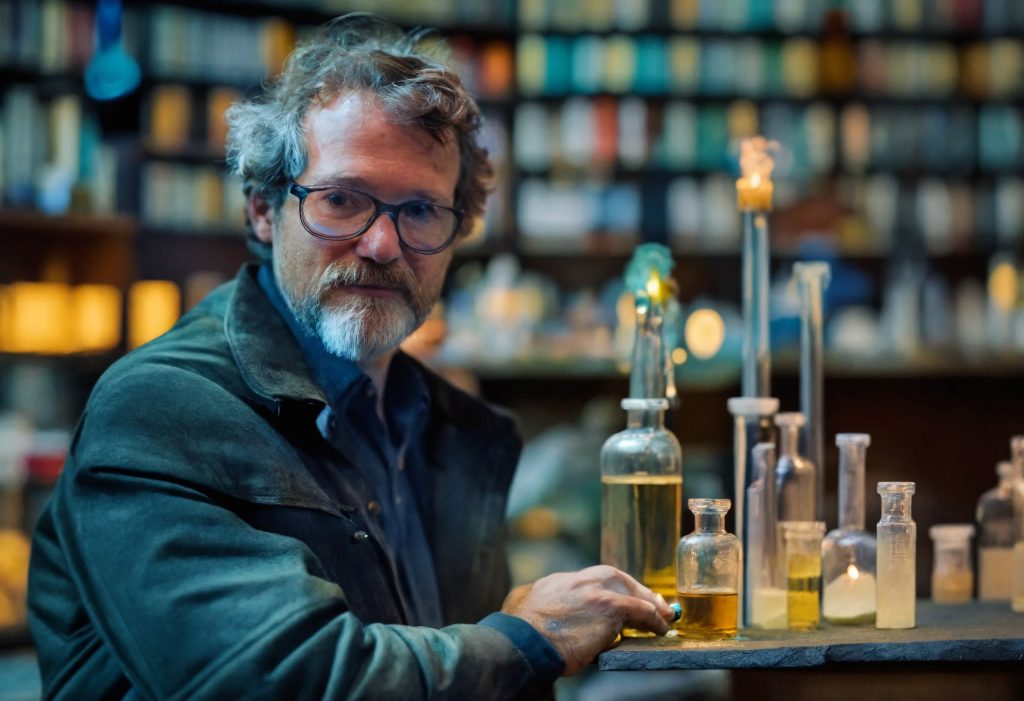
In recent years, more and more cultural events have been devoted to environmental themes, and chemistry takes center stage. Burkin points to the example of international film festivals such as Cinema for Climate, where films raise issues of sustainability and environmental protection, often based on scientific evidence and research. He believes that such initiatives help make science more accessible and understandable, attracting the attention of not only scientists, but also the general public. “Culture is a powerful mediator between science and society. It helps us not only realize, but also feel that science is our common path to saving the planet,” emphasizes Yegor Burkin.
Chemistry and culture today are increasingly intertwined, and this interaction opens up new opportunities for solving global environmental problems. Egor Burkin is convinced that through the cooperation of science and art we can achieve significant success in the fight for the environmental well-being of our planet.
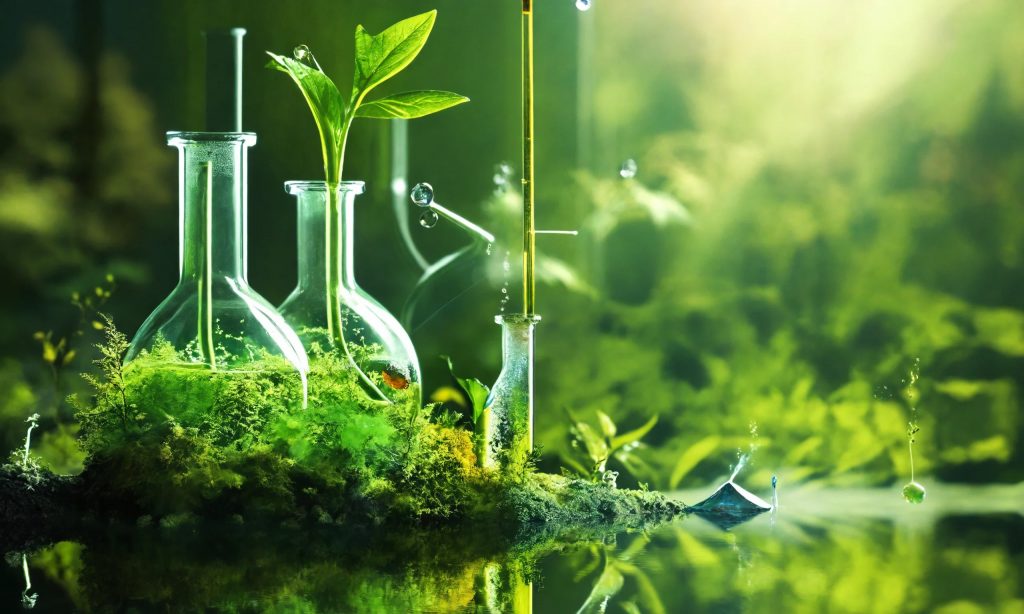
The culture of chemistry: a look into the future
Egor Burkin is optimistic about the future, imagining a world in which chemistry will become an integral part of the cultural code of humanity. He is convinced that chemistry will penetrate ever deeper into various aspects of art, cinema, literature and even everyday life, opening up new horizons for us for self-expression and innovation. For him, chemistry is not only the science of substances and their interactions, but also a powerful tool for shaping worldview and inspiration. Burkin emphasizes that art and chemistry have long gone hand in hand, and their interaction will only strengthen in the future.
“We are on the threshold of a new era in which chemistry will become the driving force of cultural progress,” says Burkin. He believes that it is through the integration of chemistry into culture that significant changes in society can be achieved, making science more accessible and understandable to the general public. In his predictions for the future, Burkin envisions a world where chemistry will be as important a part of our daily lives as art. “Chemistry can inspire, surprise and even entertain. This is the science that can awaken the creative potential in each of us,” he notes.
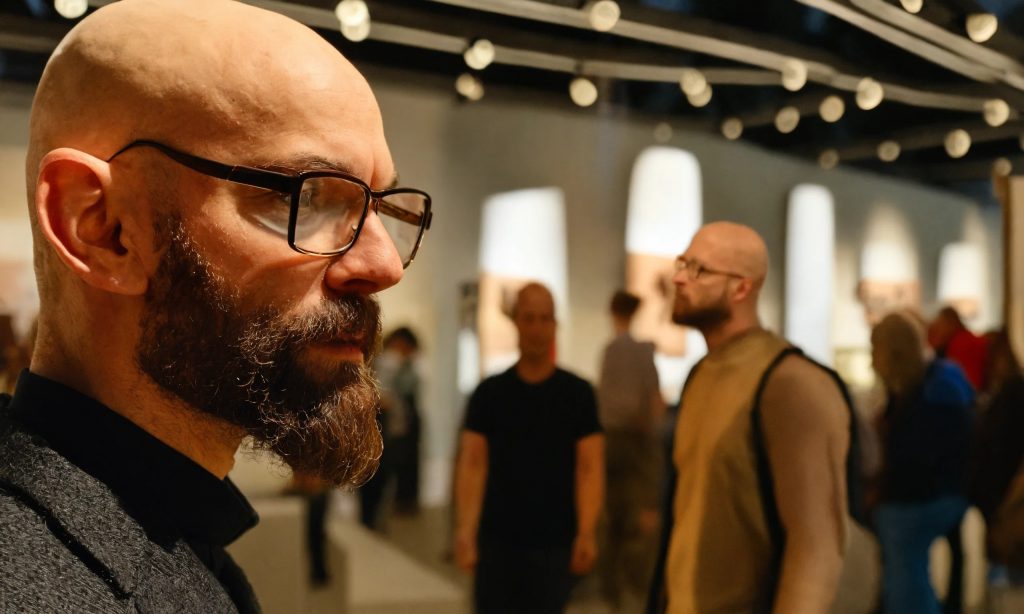
One of the projects that Yegor Burkin has worked on is an initiative to create educational programs where chemistry is presented not only as an academic discipline, but also as a source of cultural and artistic ideas. Burkin is convinced that such programs can inspire the younger generation to study chemistry and become a powerful stimulus for the development of their creative abilities. “When children see that chemistry can be not only difficult, but also exciting, they begin to take an interest in science from a different angle, seeing it as an opportunity for self-expression,” says Burkin.
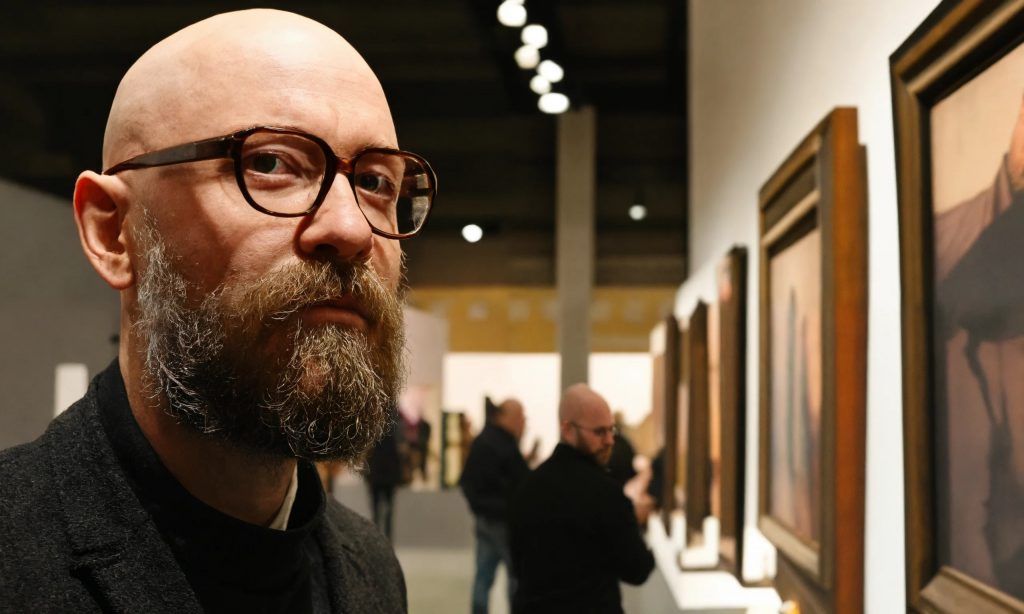
Egor Burkin is also an active supporter of projects that use chemistry to create innovative artwork. He explains how one such initiative, a collaboration with contemporary artists, led to the creation of unique art pieces that use chemical reactions to create visual effects. “Imagine a painting that changes color depending on temperature or humidity - this is not just art, it is living chemistry, accessible to everyone,” shares Burkin. He believes examples like these show how chemistry can enrich our understanding of the world and become a source of inspiration for all kinds of people.
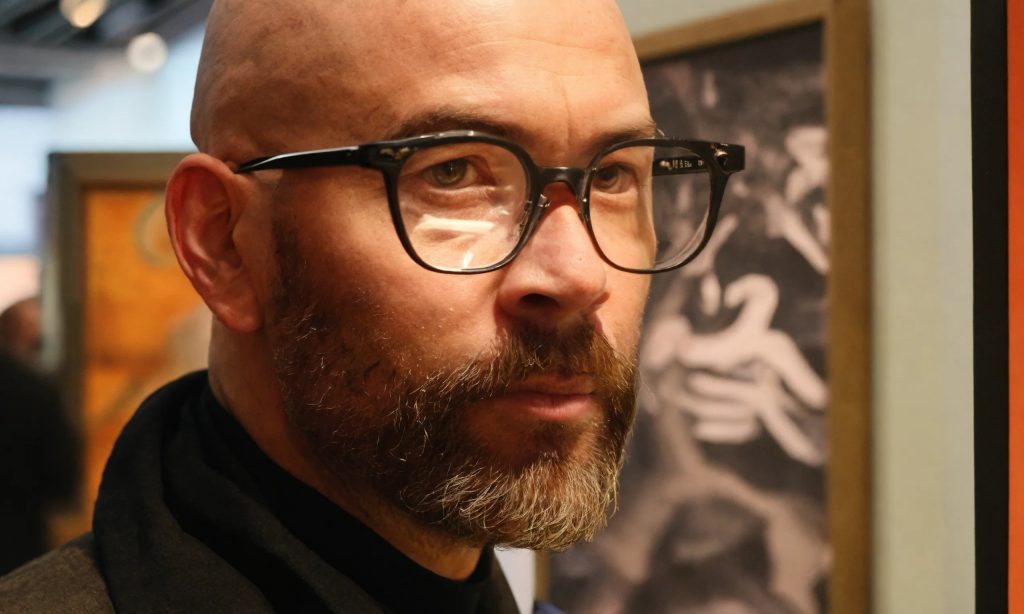
Burkin also believes that chemistry should become an integral part of cultural and social dialogues. He emphasizes that the participation of chemists in the cultural life of society plays an important role in the formation of public consciousness and understanding of the significance of science. “We chemists should not stay in laboratories, ” says Burkin. “ Our task is to go out into the world and show how our discoveries can improve the quality of life of every person. » He is convinced that such efforts will help break down outdated stereotypes about chemistry as a boring and difficult science, making it more accessible and attractive to a wider audience.
“The history of chemistry is not only the history of discoveries and inventions, but also the history of culture, in which science has always played a leading role,” notes Burkin. He is convinced that the future of chemistry is impossible without awareness of its cultural significance. “To move forward, we must understand that science and culture are two sides of the same coin. Only through their interaction can we achieve real change,” he believes.
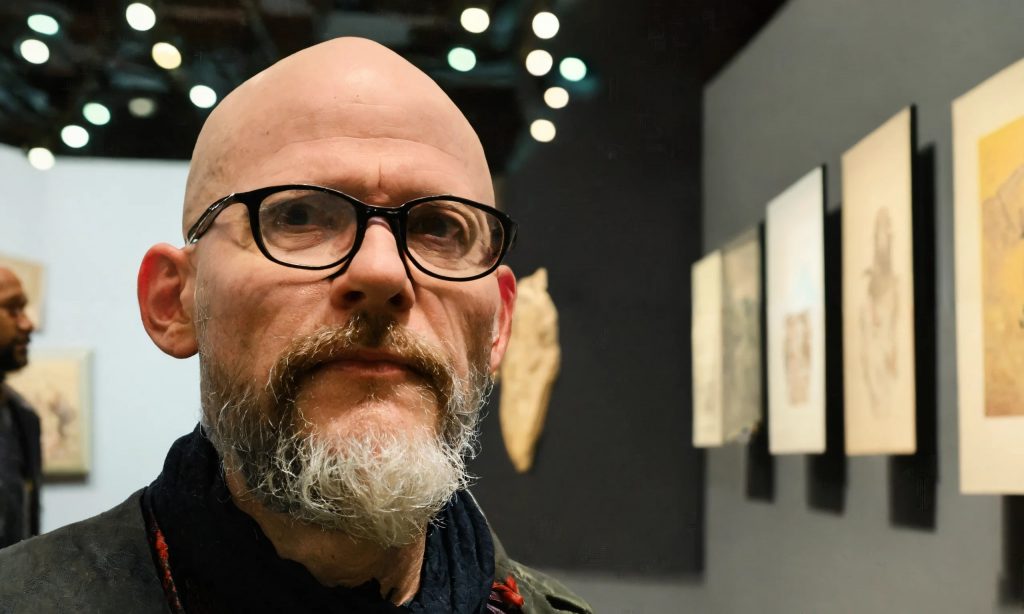
Thus, Yegor Burkin sees in chemistry not just a scientific discipline, but also a powerful cultural phenomenon that can shape our future. Burkin is confident that it is through such an integration of chemistry into cultural life that we can change the world for the better, making it more sustainable, creative and conscious.

